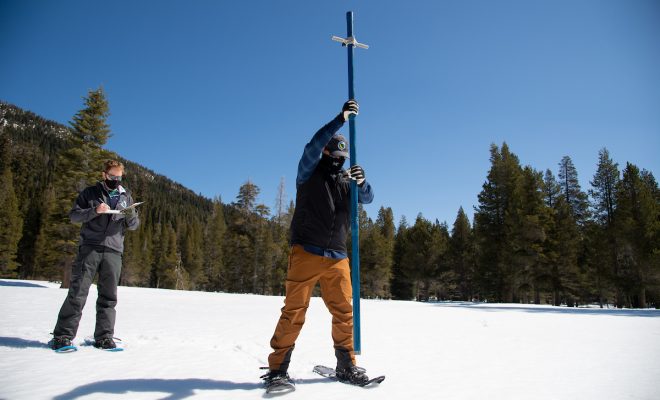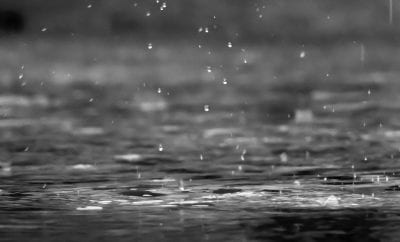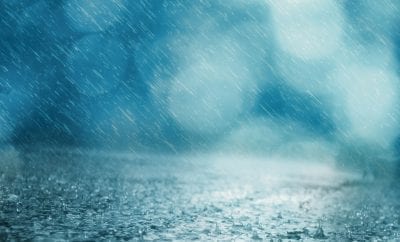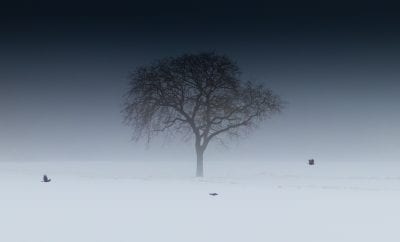
News
California Received 50% of Average Precipitation Last Year – The Third Driest Year Ever
A recent snow survey, which is conducted annually by the Department of Water Resources (DWR), records precipitation for the water year, which extends from October to March. Results show that the state received only 50% of average precipitation, leading to concerns for an even worse fire-season come fall.
According to AccuWeather, the survey recorded a snow depth of 49.5 inches and a snow water equivalent, which measures the amount of water contained within the snowpack, of 21 inches, on April 1. (April 1 is typically when snowpack is at its deepest in the state and has the highest snow water equivalent.)
“With below-average precipitation statewide, California’s reservoirs continue to show the impacts due to dry conditions,” Sean De Guzman, chief of snow surveys for the California Department of Water Resources, said.
This year’s water season tied for third-driest on record with the 2014 season. The second-driest year on record was 1924, and the driest on record was 1977, when an area of high pressure parked off the West Coast and deflected storms away from California and instead pushed them into the Pacific Northwest. Precipitation during the 1977 water year was less than 35% of average, according to a report from the comptroller general of the United States.
Lake Shasta, California’s largest surface-level reservoir, recorded 65% of what is considered average. The lake’s long arms make it great for photo ops showcasing dramatic water level changes, however the lack of rainfall is still quite concerning for water supply and fire danger.

Lake Oroville, the largest reservoir within the State Water Project, a 700-mile-long water storage and delivery system, is at 53% of average. The State Water Project supplies water for over 27 million people and irrigates about 750,000 acres of farmland.

Statewide, De Guzman said the largest reservoirs are holding around half of their total capacity. When current snowpack melts, reservoirs in the state are still only expected to be filled up to 58% of average capacity.
AccuWeather Senior Meteorologist Bob Smerbeck said the La Niña weather pattern this year steered storms north of California, leaving the state with less precipitation. AccuWeather explains that the La Niña phenomenon results in changes to surface and upper-atmosphere wind patterns that drive air masses around the Earth. This year, moisture and storms were driven north of California, hitting the Pacific Northwest with plenty of precipitation and leaving California without much at all.
“One thing we noticed about this La Niña this year was a large ridge of high pressure over the northern Pacific that steered storms mostly to the north of California,” Smerbeck explained. “The Pacific Northwest did well with precipitation, but farther south these storms dried out across California.”
According to Smerbeck, a dry water season in California can allow for fire season to begin earlier in the year as temperatures rise with less water available to evaporate, resulting in driervegetation.





0 comments